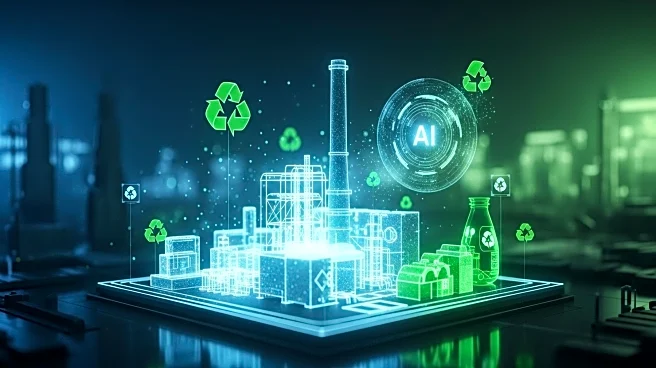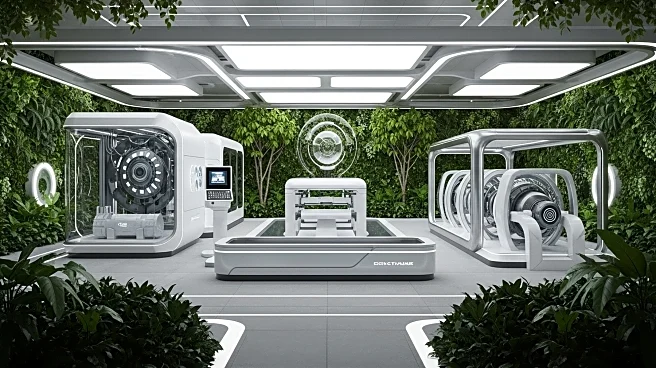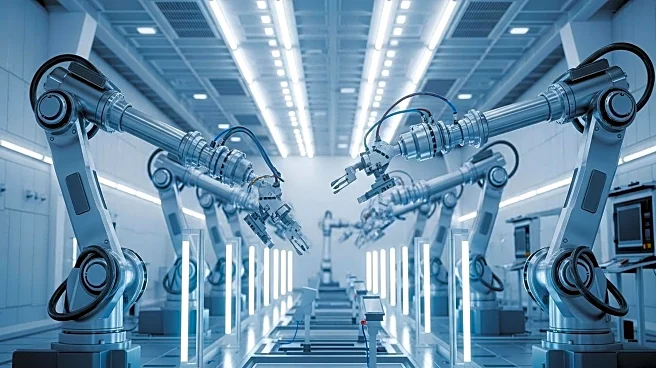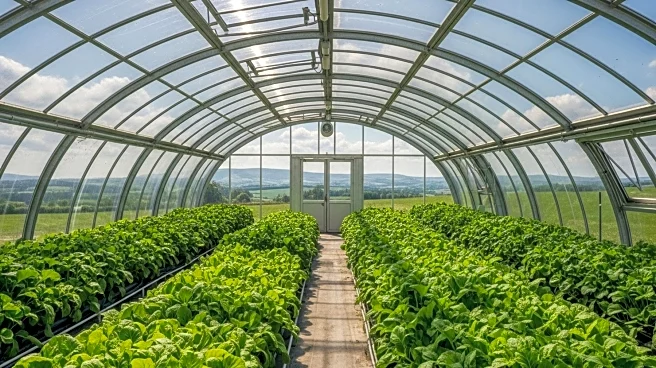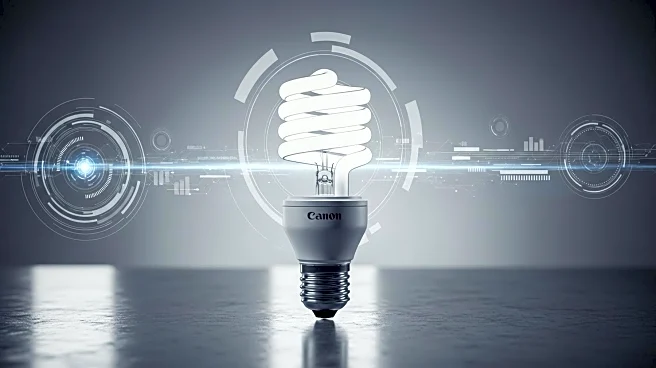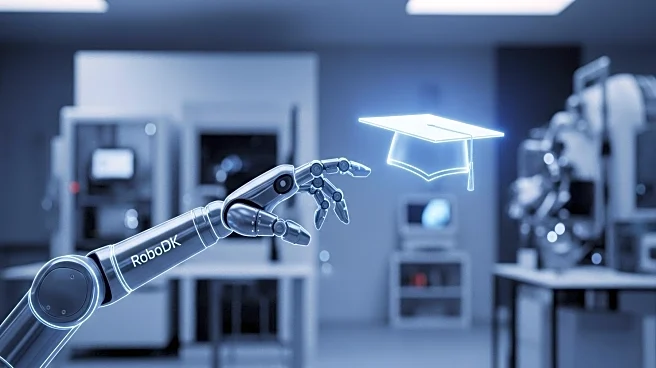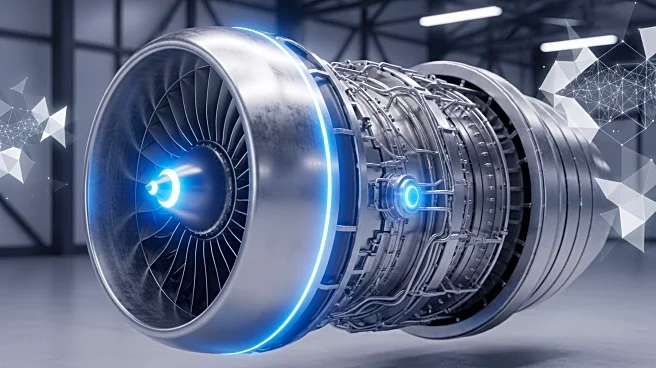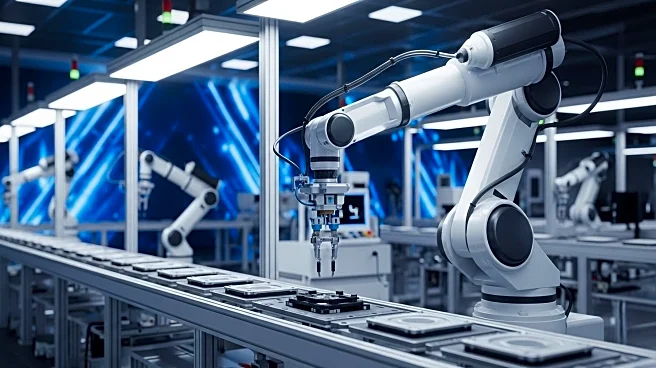What's Happening?
Manufacturers are increasingly integrating smart sensors, AI-powered analytics, and digital twins to optimize energy use, reduce waste, and extend equipment life. These technologies are delivering measurable returns on investment (ROI) in under two years. The use of software platforms allows for real-time monitoring of energy consumption, emissions, and waste reduction goals, with transparent and auditable reporting. Sustainable manufacturing, once considered optional, is now a key consideration across sectors, involving methods that limit environmental impacts while reducing energy consumption and resource use. The U.S. Environmental Protection Agency (EPA) highlights benefits such as enhanced safety, innovation, cost savings, and improved brand reputation.
Why It's Important?
The shift towards sustainable manufacturing practices is crucial for reducing environmental impacts and improving efficiency. By adopting AI and digital twins, manufacturers can achieve significant cost savings and enhance their brand reputation, which can attract new customers. The integration of these technologies also supports innovation in product design and processes, contributing to a more sustainable economy. As sustainability becomes a priority, companies that successfully implement these strategies may gain a competitive edge in the market.
What's Next?
Manufacturers face challenges in integrating older equipment with modern automation platforms. Addressing these complexities is essential for automating sustainability initiatives effectively. As more companies adopt these technologies, there may be increased collaboration between manufacturers and technology providers to develop solutions that facilitate seamless integration and tracking of sustainability metrics.
Beyond the Headlines
The adoption of sustainable automation practices may lead to broader cultural shifts within the manufacturing industry, emphasizing environmental responsibility and long-term resource management. This could influence regulatory policies and consumer expectations, driving further innovation and investment in sustainable technologies.
